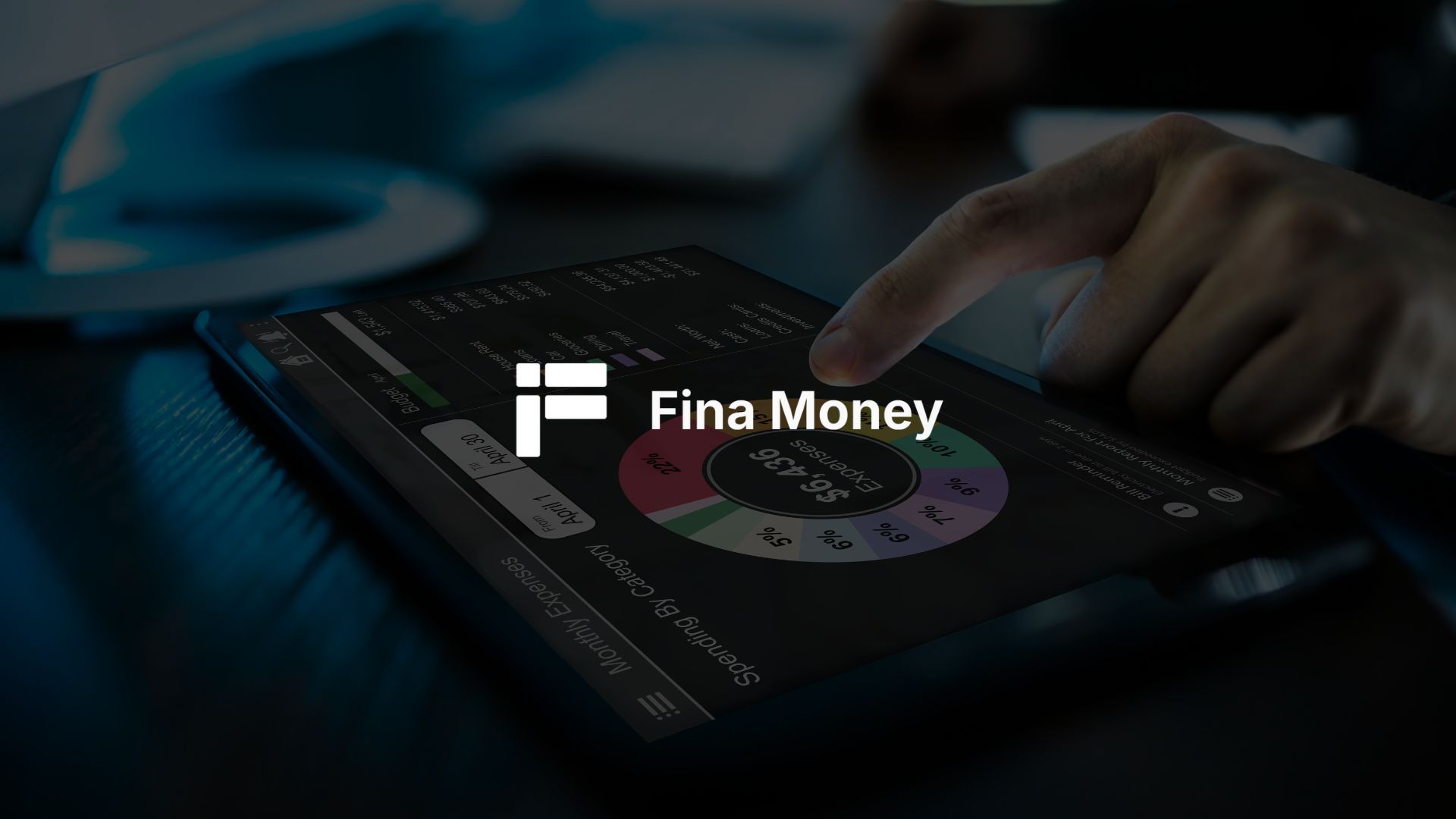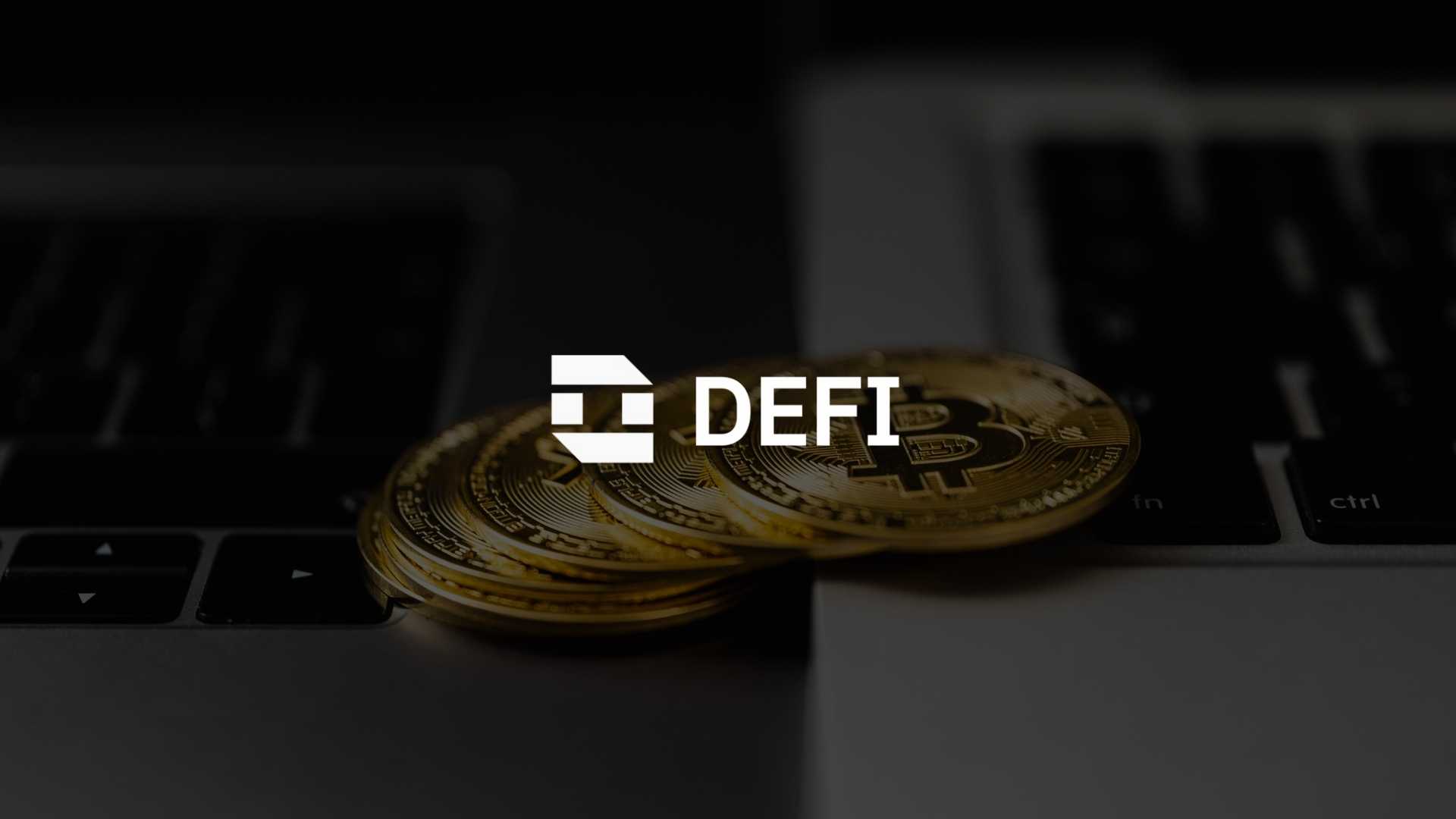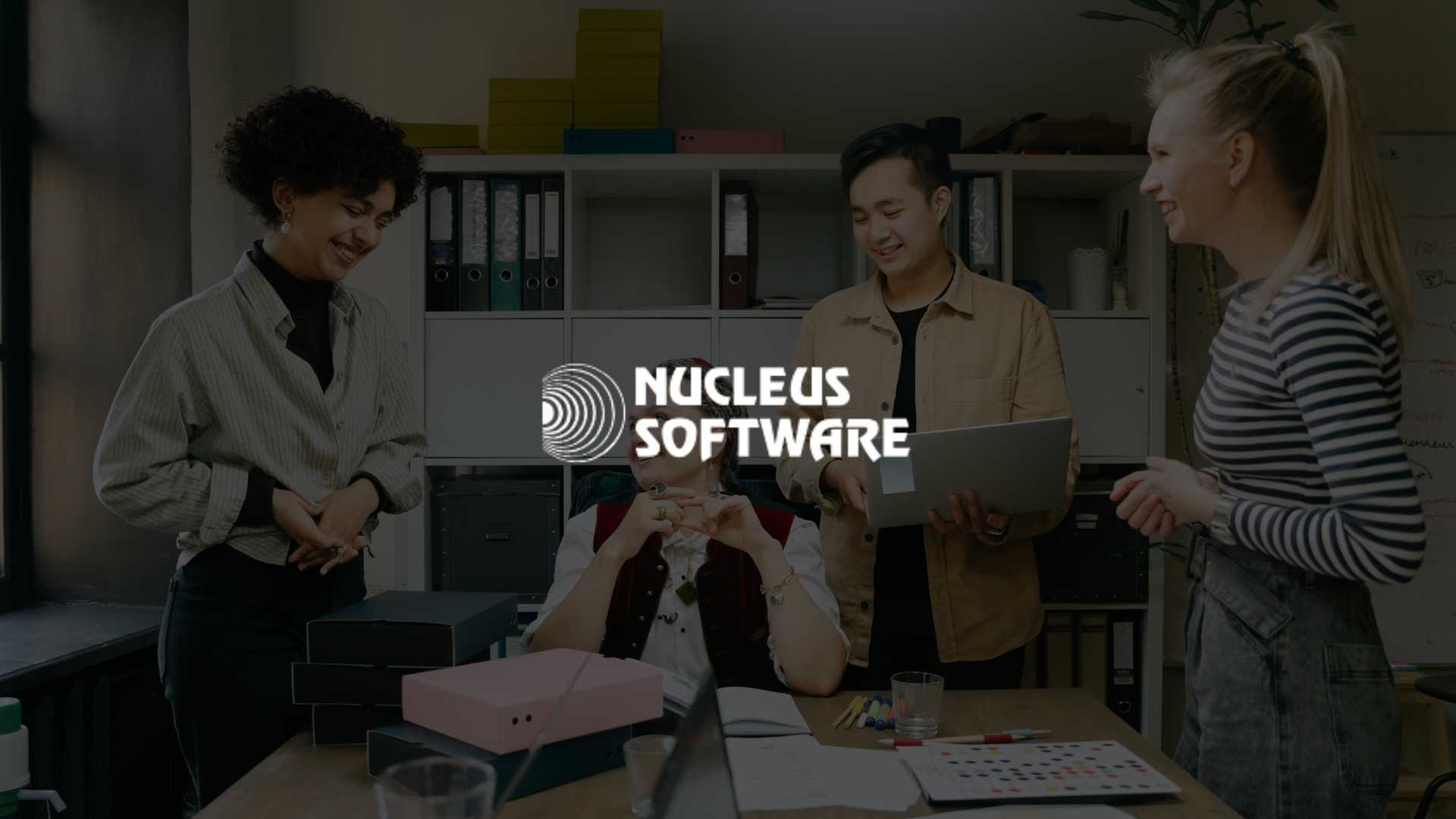Fina Money Wants to Be the “Lego Blocks” of Finance Tracking

The personal finance app market is crowded, but Seattle-based Fina Labs thinks it has cracked the code with its new platform, Fina Money. Instead of yet another “budgeting app,” Fina pitches itself as the most flexible finance tracker on the market, letting users build their own money management system piece by piece.
The company calls it the “Lego blocks of finance tracking”—and, unusually for fintech, it isn’t just marketing fluff. Every dashboard, view, and automation inside Fina Money can be customized, with no need to wait for app developers to roll out features.
“Consumers want personalized control over their financial data,” said founder Shawn Cao. “The market has been stalled for too long. Fina is proving that flexibility isn’t just a nice-to-have—it’s the future.”
Breaking Away From Cookie-Cutter Finance Apps
If that sounds like a jab at Mint, YNAB (You Need a Budget), or PocketGuard, it probably is. Even the most popular personal finance apps are plagued with user complaints about rigid features and slow updates. Fina’s early adopters say the modular setup allows them to track budgets, investments, side hustles, and even multi-currency accounts without compromise.
The AI-powered categorization engine handles the grunt work of labeling transactions, while the modular interface ensures users spend more time analyzing and less time cleaning up messy spreadsheets.
Open Banking at the Core
Fina Money launched with thousands of bank and credit union connections across North America via the Open Banking protocol. Unlike many finance apps that lock advanced features behind paywalls, Fina has gone the freemium-plus route: full access to the software is free, with the goal of scaling user adoption globally before layering on potential premium services.
This is a sharp contrast to Intuit’s Mint (sunset in 2024 and folded into Credit Karma) and YNAB, which charges $14.99/month. Fina is betting that free, flexible, and global can beat entrenched incumbents.
A Tool for Consumers and Businesses
While personal finance is the obvious market, Fina is also targeting entrepreneurs and small businesses, groups often underserved by consumer-focused apps. Its modular nature means a solopreneur can design a dashboard to track cash flow and side hustles, while a freelancer juggling multi-currency invoices can build workflows in minutes.
That dual focus positions Fina closer to tools like QuickBooks or Zoho Books, but with an AI-first, user-controlled twist.
The Takeaway
Fina Money is still new, but its approach—AI + radical customization + free global access—makes it stand out in a market where many apps look and feel like clones. If it can scale connections outside North America and keep performance smooth under heavy customization, Fina could become the go-to alternative for finance tracking in both consumer and SMB circles.
For now, its biggest advantage is one simple pitch: why settle for someone else’s template when you can build your own?


